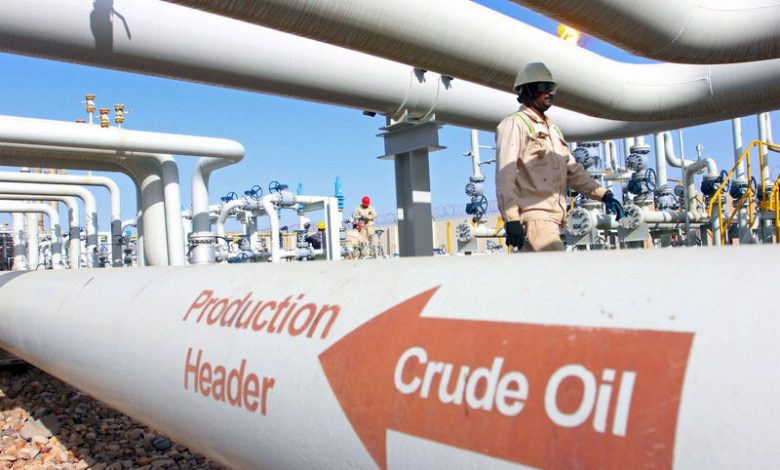
Crude Oil Soars; WTI Hits 7-Year High as OPEC+ Sticks to Plan
By Peter Nurse
Oil prices surged on Monday, reaching multi-year highs as the Organization of the Petroleum Exporting Countries (OPEC) and its allies continued to adhere to their existing plan for a gradual increase in supply, opting not to boost output despite pressure from consumers.
By 8:45 AM ET, oil futures had risen 1.7% to $77.17 a barrel, marking a new seven-year high, while futures increased by 1.9% to $80.81 a barrel, surpassing the $80 threshold once again. U.S. gasoline RBOB futures were also up 1.4% to $2.2804 a gallon.
OPEC ministers, along with representatives from Russia and other allies—collectively known as OPEC+—were scheduled to meet online later on Monday. The market is keenly anticipating whether they will exceed the current agreement to add 400,000 barrels per day to supply each month until at least April 2022.
Consumers, particularly the United States and India—ranked as the largest and third-largest oil consumers globally—have pressed the group to increase supply in order to help bring down prices.
Energy shortages in China and Europe as winter approaches have sparked discussions about possibly raising crude oil supply beyond the agreed monthly increment of 400,000 barrels per day. Analysts at ING suggested that a one-time increase of 600,000 or even 800,000 barrels per day for November could be considered to address the supply gap.
However, reports indicate that OPEC is likely to maintain its current production strategy, especially after a recommendation from OPEC’s Joint Ministerial Monitoring Committee to refrain from adding more oil to the market.
This year, crude oil prices have seen robust gains, with both benchmark contracts up over 50% year-to-date, and further increases could be ahead. Demand for coal is now exceeding pre-COVID-19 levels, and oil demand is not far behind, indicating that the transition from fossil fuels to cleaner energy sources is progressing slowly.
According to the International Energy Agency, over three-quarters of global energy demand is still satisfied by fossil fuels, while non-nuclear renewables account for less than one-fifth of the total.
Additionally, recent data showed that speculators increased their net long positions in ICE Brent by 9,303 lots during the last reporting week, reaching levels not seen since March 2021. This marks the fifth consecutive week of growth in speculative long positions, reflecting a positive sentiment among money managers due to strong demand in the physical market, as noted by ING.
 GOOGL
GOOGL  META
META 


